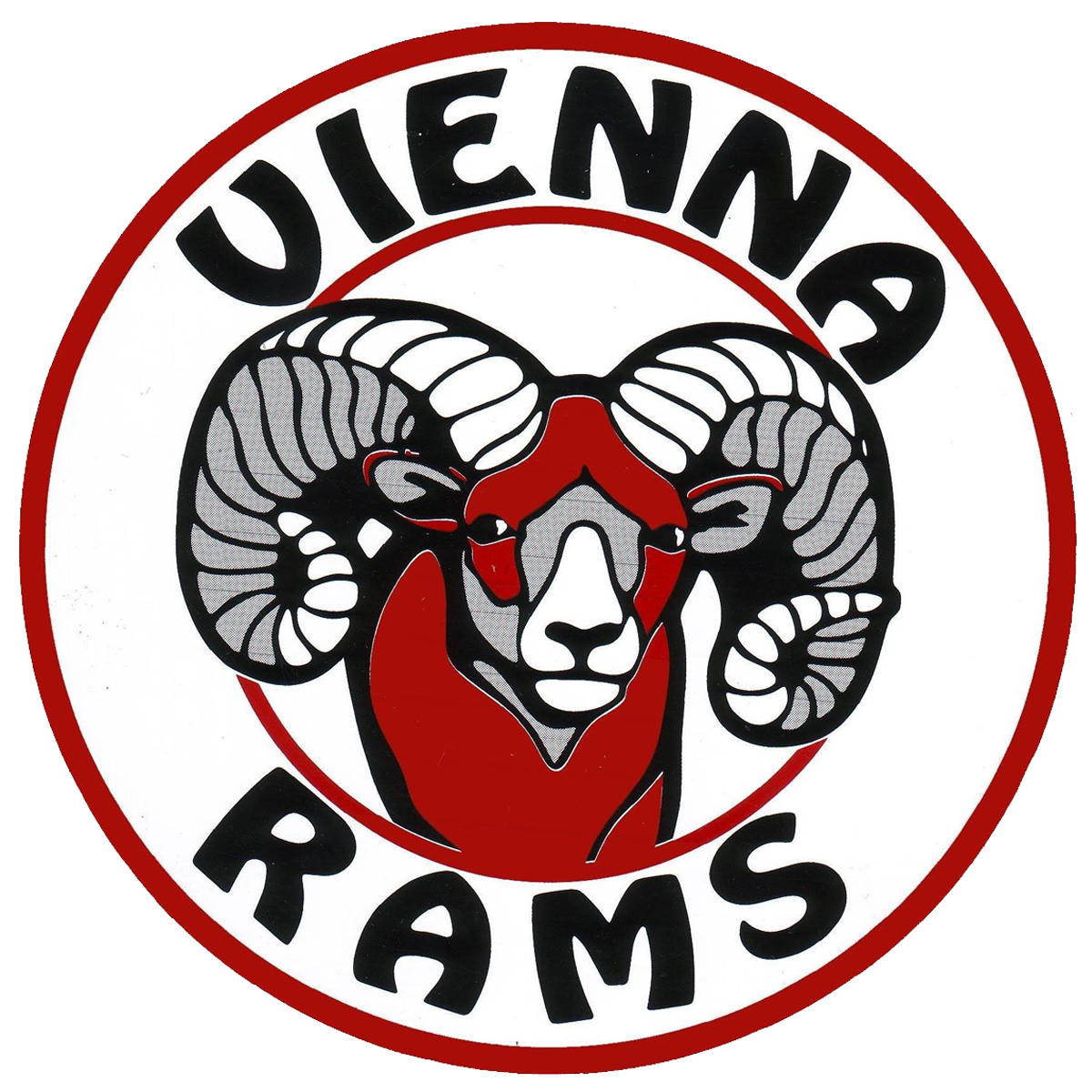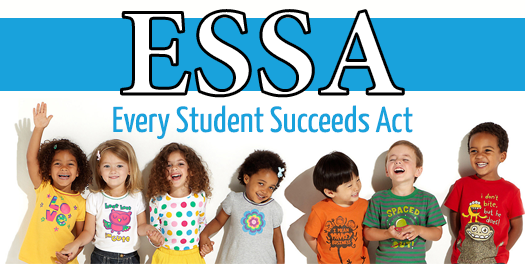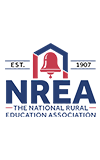A little History About Vienna Public School District #55
Prior to the construction of the original three-story Vienna Grade School building in 1896, the number of school houses in the [Johnson] county in 1878 was 52 ; 25 of them were log. In 1884, of the 62 school buildings then erected, 2 were brick, 52 frame and 8 still remained of log. In less than 50 years from the beginning of the present system, 1855, all log buildings were eliminated. At the present time, there are in the county, 7 brick, 65 frame school buildings, all meeting the standard of construction and sanitation required by the act of 1915. The custom of an annual graduating exercise for the pupils of the county who had finished the eighth grade was begun in 1891 under the supervision of M. T. Vancleve, County Superintendent. These exercises were always held at the county seat sometime after the close of the school term with appropriate program and are a stimulus to the students to finish the course, especially those who intend to take a higher education. These county certificates entitled the holder to entrance in any accredited high school without an examination.
The location of the original Vienna Public School was purchased from Samuel Copeland and his wife, Lucinda, consisting of 2.25 acres on August 1st, 1865. A large three story building was erected in 1892. The two lower floors were used for grades 1-8 and the third floor was temporarily used for high school students. John S. Whittenburg was superintendent of the Common Schools of Johnson County, 1868. The building was began in 1892 and completed in 1898 at a cost of $16,000.
In 1910, W.T. Jobe was principal; teachers were, Amy Galeener, Irene Balance, Gertrude Isom, Lula McCorkle and Harris Ridenhower. School Board members in 1925 were, John W. Carlton, Jack Hood, Joe Woelfe, Will Jackson, W.C. Settlemoir, Harry Bridges and Almus Ragsdale. Ms. Eva Bean was principal in 1927. Green Wheelyer was the custodian in 1927; his duties included cleaning all three floors and firing the furnace. In 1938, Lloyd B. Robertson was County Superintendent. Teachers were Irene Baker, Esta Peterson, Mary McKenzie, Zelma Carlton, Mable McCorkle, Zona Bridges, Elizabeth Gillespie and Phyllis Allard.
Students walked to school, and could be seen going to school from all directions. At noon, those fortunate to live close by went home for lunch. The rest would eat their lunch on the school grounds or in the building. Ms. Gertie Hundley, who lived across the road from the school, would frequently make coffee and cake for the teachers who would go over to her house at recess. They call this “Aunt Gertie Day” and was eagerly anticipated. The Hundley home was a first aid station for students who became ill or hurt at school. Ms. Hundley would care for them until their parents could come get them.
1950 was the year of change for the school. A gymnasium was built for indoor activities. Consolidation of small country schools brought the need for bus service. Bus drivers were Robert Fairless and Robert Bellamy. Indoor plumbing was installed in 1951, and a cafeteria for hot lunches. Cooks were Frances Alford and Christina Mathis. According to a Vienna Times article on July 10th, 1958, “The razing of the old [original] building will accent the passing of a landmark familiar to Vienna since 1892. Four generations have passed through the south portal and under the inscription Quaintest Sapere – knowledge is Power.”
A new modern, one-story building was built in 1957, named the Stanley Veach Building (in honor of the former principal). Some other principals and teachers through the years were, Halleck Webb (principal), Helen Chester, Marie Taylor, Jack Gorden, Bryan Kerley (principal), Nysabea Veach, Ruth McHahan, Lowell E. Trovillion, Lizzie Simpson, Ola Simpson, Fayetta Elkins and Carl Summers (Superintendent).
Internet Archive
The original Vienna District #55 building was erected in 1892 in the city/village of Vienna. What is now the courtyard to our building, today, was the location of the original structure. A breakdown of the building improvements since 1950:
Old Gym (named Jack Gorden Gym in the 1990’s), built in 1950. 9,912 sq. ft.
Old Cafeteria (under Jack Gorden Gym), installed in 1951, 6,510 sq. ft. (no longer in use!)
Primary Wing (Stanley Veach Building), built in 1957, 10,146 sq. ft.
Demolition of the original three-story building was in July of 1958
First Grade Edition, built in 1962, 1,890 sq. ft.
Jr. High Wing, built around 1972, 11,383 sq. ft.
Kindergarten Wing, built in 1992, 5,544 sq. ft.
New Cafeteria (1st floor) and Supplemental Classrooms (2nd floor) built in 2002, 13,254 sq. ft.
New Gym and Commons, built in 2010, 12,310 sq. ft.
Note: If anyone has any other pertinent history about Vienna District #55, we would greatly appreciate your help!




